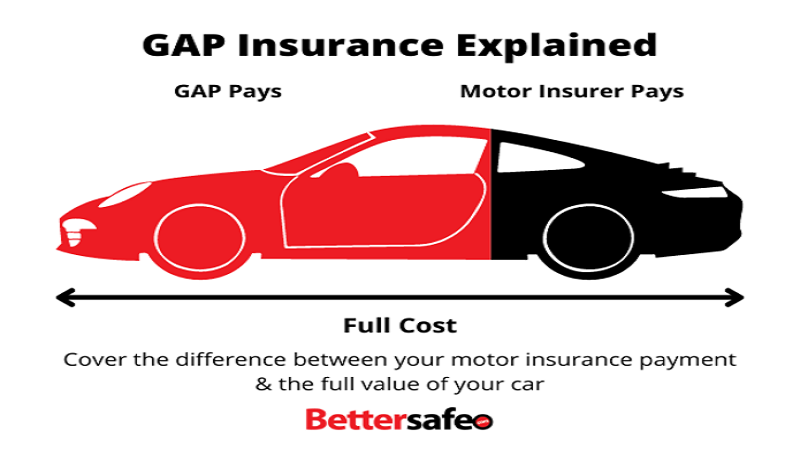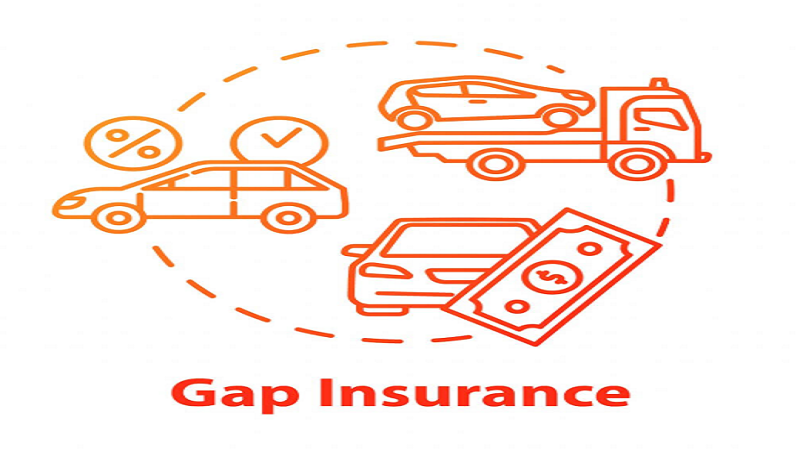Driving a car brings freedom and convenience, but it also comes with responsibilities. One of the most important responsibilities is protecting yourself, your vehicle, and others on the road. This is where car insurance auto insurance plays a vital role. Whether you call it “car insurance” or “auto insurance,” both terms describe the coverage that helps drivers stay financially protected in case of accidents, theft, or damage.
In this article, you will learn everything about car insurance—from what it is, why it matters, types of coverage, and tips to save money while choosing the right policy.
What is Car Insurance / Auto Insurance?
Car insurance, also called auto insurance, is a legal agreement between a driver and an insurance company. In exchange for regular premium payments, the insurer provides financial protection against losses caused by accidents, natural disasters, theft, or damage.
While “car insurance” and “auto insurance” are often used interchangeably, both mean the same thing. The difference mainly lies in regional language preferences—some countries say car insurance, while others use the term auto insurance.
Why Do You Need Car Insurance?
-
Legal Requirement
In most states and countries, having car insurance is mandatory. Driving without it can lead to fines, license suspension, or even legal action. -
Financial Protection
Car repairs, medical bills, and accident-related costs can be very high. Insurance ensures you are not paying out of pocket for major expenses. -
Peace of Mind
Knowing you are protected in case of unexpected events makes driving less stressful and more secure.
Types of Car Insurance Coverage
-
Liability Coverage
Covers damage or injuries you cause to others in an accident. It is usually the minimum requirement by law. -
Collision Coverage
Pays for repair or replacement of your car if it is damaged in an accident, regardless of fault. -
Comprehensive Coverage
Protects against non-accident damages like theft, fire, natural disasters, or vandalism. -
Personal Injury Protection (PIP)
Covers medical expenses for you and your passengers, no matter who is at fault. -
Uninsured/Underinsured Motorist Coverage
Helps if you are in an accident with a driver who has no insurance or not enough coverage.
Factors That Affect Car Insurance Rates
-
Age and Driving History – Young and new drivers usually pay higher premiums.
-
Vehicle Type and Model – Luxury or sports cars cost more to insure than regular family cars.
-
Location and State Laws – Insurance rates vary depending on where you live.
-
Credit Score and Claim History – Good credit and fewer claims often mean lower premiums.
How to Choose the Right Car Insurance Policy
-
Compare Multiple Providers – Always check quotes from at least 3–4 companies.
-
Understand Deductibles and Premiums – Higher deductibles may lower premiums but increase out-of-pocket costs during claims.
-
Check for Discounts and Offers – Look for safe driver discounts, student discounts, or bundling with home insurance.
Tips to Save Money on Car Insurance
-
Bundle car and home insurance for extra discounts.
-
Maintain a clean driving record by avoiding traffic violations.
-
Increase deductibles wisely if you can afford higher upfront payments.
-
Ask your insurer about loyalty or multi-car discounts.
Common Mistakes to Avoid
-
Choosing the cheapest plan without checking coverage.
-
Ignoring the fine print in your policy.
-
Forgetting to update your policy when your driving habits or car value change.
Conclusion
Car insurance auto insurance is not just a legal requirement—it is a smart financial safety net for every driver. From protecting against costly repairs to providing peace of mind on the road, the right policy makes all the difference. Take time to compare plans, understand coverage options, and avoid common mistakes to ensure maximum protection at the best price.
FAQs
1. Is car insurance the same as auto insurance?
Yes, both terms refer to the same coverage. The difference is mainly in wording preference.
2. Can I drive without insurance?
In most regions, no. Driving without insurance can result in heavy penalties.
3. What is the average cost of car insurance in the US?
On average, it ranges between $1,000–$1,500 per year, but it depends on factors like age, driving history, and location.
4. How do I lower my premium quickly?
Maintain a clean driving record, look for discounts, and consider bundling policies.











